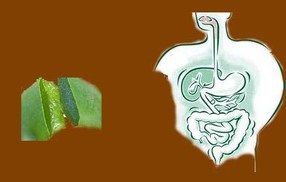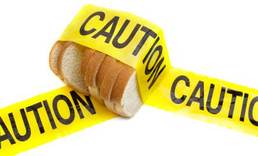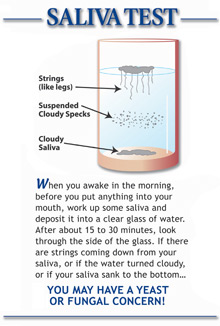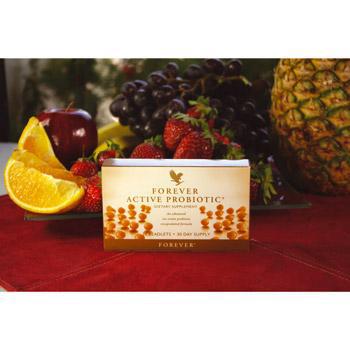
Aloe vera and its cleansing functions are much touted all over the world. People with digestive complications have experienced great benefits from this plant.
Cleanses are used to break down and clean out waste from the colon and detoxify the blood stream. Toxins in the colon, if reabsorbed into the blood stream, may cause fatigue, low energy and headaches. Cleansing the colon flushes the toxins from the colon and the blood stream, and rejuvenates the body. This can help with weight loss, boost the immune system and reduce the risk of colon cancer.
Aloe vera juice is thicker in texture; it helps in easing bowel functions by counterbalancing the effects of toxins and wastes in the body, thus ridding the body of waste materials. It is very important to cleanse the colon regularly to improve bowel functions and enhance general health. Furthermore, colon cleansing can help in strengthening immunity and boosting metabolism too. Aloe Vera does not require a procedure or a major lifestyle change and is easy to incorporate into other types of cleanses. Unlike other methods of cleansing, aloe vera colon cleanse is very effective as well as efficient. It is one the easiest ways to improve your colon health and ensure that your immunity is at its best.

The benefits of a diet that is supplemented by Aloe Vera can be varied and profound. To name a few, research suggests that Aloe may lower cholesterol, slow tumor growth, prevent kidney stones and ease inflammation. It is widely known that topical use of this plant will increase recovery time for scratches and burns, however, it is less well known that ingestion of the gel, or derivatives thereof, may also increase healing time of internal afflictions like ulcers. Nutrients from these plants have also been used as a natural treatment for colon polyps and pre-cancerous lesions in the colon. Moreover, when ingested, the gel is a gentle natural laxative that cleanses the colon and detoxifies the blood.Nutrients in Aloe Vera include minerals, vitamins, essential amino acids and plant compounds like triterpenes and polysaccharides. Triterpenes are known to exhibit antioxidant activity and reduce blood sugar. Polysaccharides boost immune function and digestive function. It is this breakdown that makes Aloe one of the most useful herbal products on the market today. The unique blend of these vital ingredients allows aloe to cleanse the body in a way that is safe and powerful. Because of the colon cleansing attributes of this plant, it helps in addressing all colon ailments and improving the colon health by eliminating and ejecting wastes from the human body. The juice of aloe vera, as well as aloe vera extracts can be extremely beneficial for overall health.










